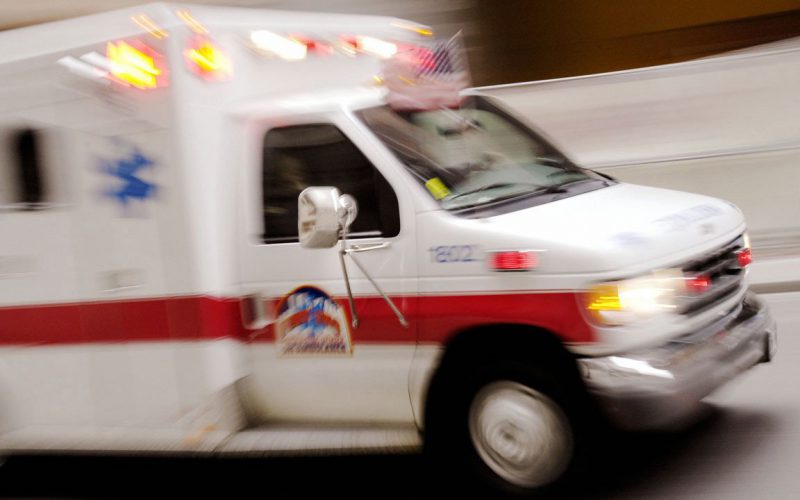Road accidents, heart ailments, and natural disasters are perceptibly some of the most common causes of medical emergencies in India. Considering the fact that emergencies can occur without prior intimation, ambulances and other emergency services are crucial players to minimize the damage caused to human life. Without ambulances, thousands of lives would have been lost each year in India regardless of how advanced healthcare and medical procedures get. The ‘Golden Hour’ is of paramount criticality since medical help sought during this particular interval can make or break the patient’s life.
For a very long time in India, there were only small private players who used to provide emergency medical services at the city level, with rural districts being completely under-serviced. Thus, due to in-depth comprehension about the importance of emergency medical services, the Indian Government has striven to make it more competent and accessible. The Government of India has collaborated with several private organizations including Ziqitza Health Care Limited (ZHL) with a view to providing the citizens with basic facilities of emergency medical care under Public Private Partnerships.
Although necessary care is taken with regards to the ‘Golden Hour’, a major impediment that ambulances face especially in larger cities is the intensive traffic and disregard for traffic rules. However, ambulances have special rights and powers to tackle this issue in the interest of patient’s quick transportation to the hospital. Listed below are the few suggestions that can help improve ambulances services in India, in order to provide timely & world-class healthcare in case of an emergency:
- Jumping the signal: Signals are one of the major causes that result in delayed transportation of the patient. Hence ambulances are allowed to jump the red signal. Nevertheless, this can only be achieved if the ambulance is given way to pass through, right? This bit of duty lies with the public, the duty to ensure that vehicles are moved towards the left. In case of extreme traffic, the traffic police can block all other roadways despite the green signal and let the lane which has the ambulance pass through.
- Obstructions are a NO-NO: Obstructing an ambulance means unnecessary wastage of the ‘Golden Hour’. It is not only inhuman but also legally inadvisable to do so. If anyone obstructs the path of the ambulance, or parks in front of it without giving way, they can be fined for INR 2,000.
- Taking the wrong-side: If the traffic is jammed and an ambulance cannot move forward, they have the right to take a U-turn and take the wrong side. This is one of the reasons why the public should not tailgate an ambulance so that it has enough space to turn back and change its route if there’s a jam ahead.
- Stopping the VIPs: Every ambulance has the right to pass through even if the entire traffic is held up during a VIP visit. The VIP vehicles should be asked to stop and the lane which has the ambulance needs to be allowed to move.
Thus, the ambulances in India have quite a few provisions to ensure efficacy in emergency medical care and transportation, but how many of us are aware of them? If we spread the word then any of our family members, relatives or friends can exercise the same when stuck in traffic inside an ambulance. We believe the biggest challenge lies in the execution and information dissemination regarding the existing rights of the ambulances. Only by sharing and generating conversations about the topic is it possible to make the most of the Golden Hour. Do participate and help us spread awareness.


